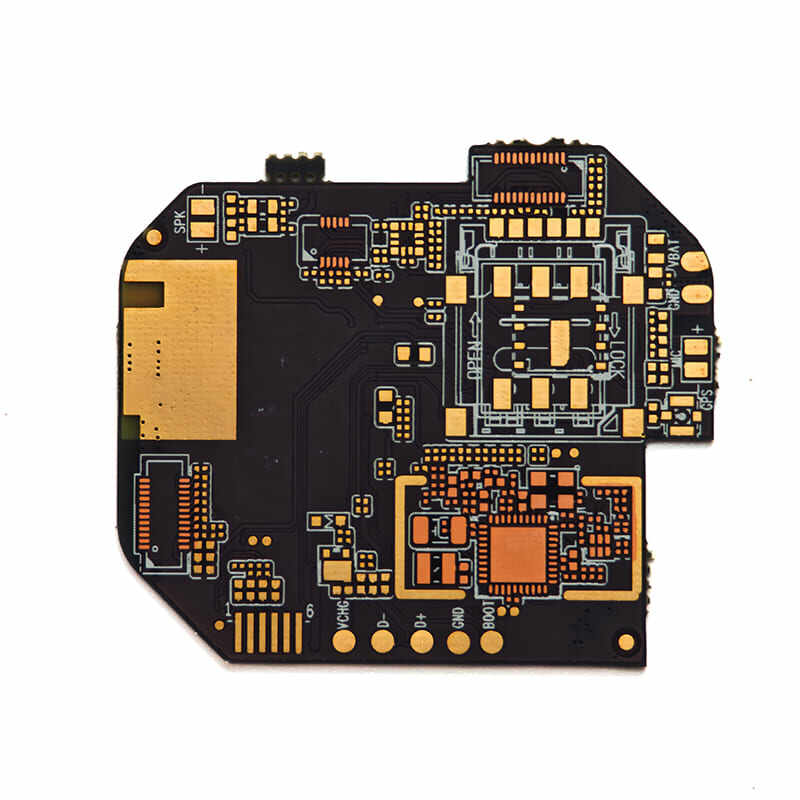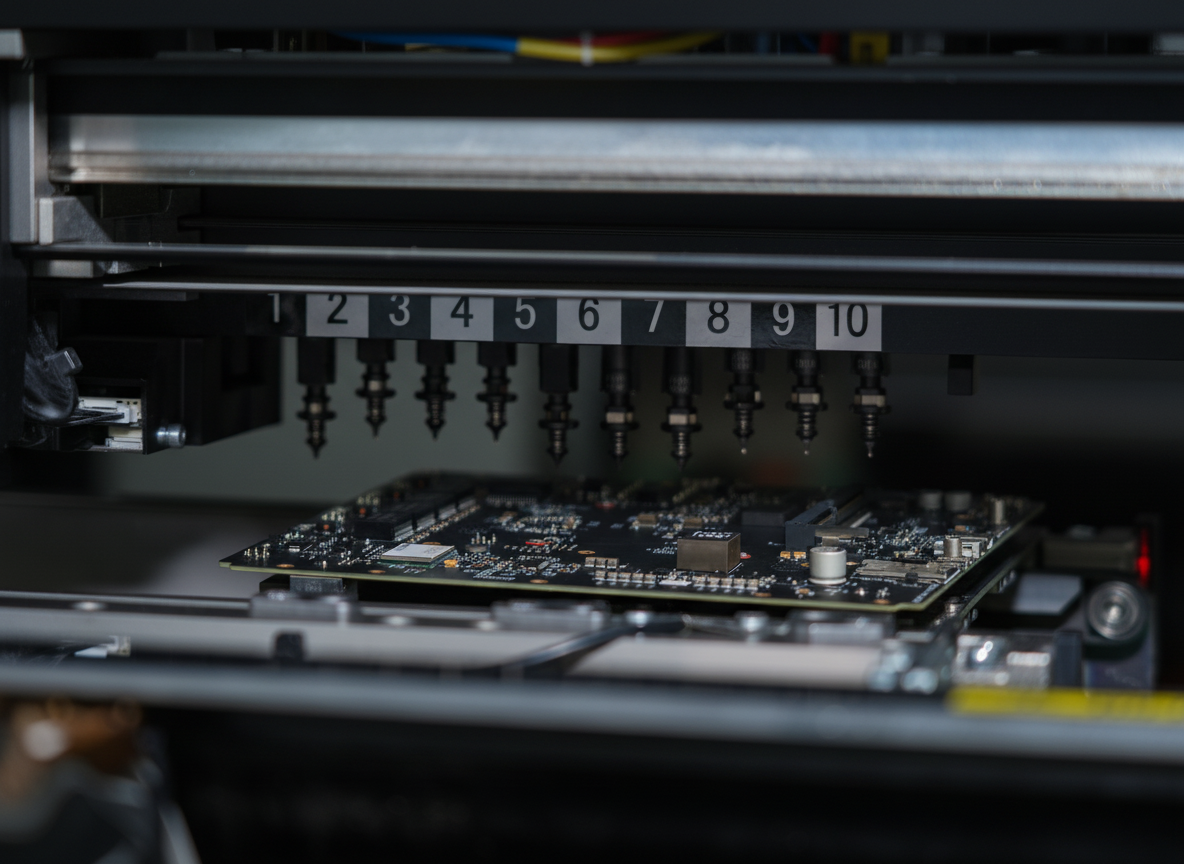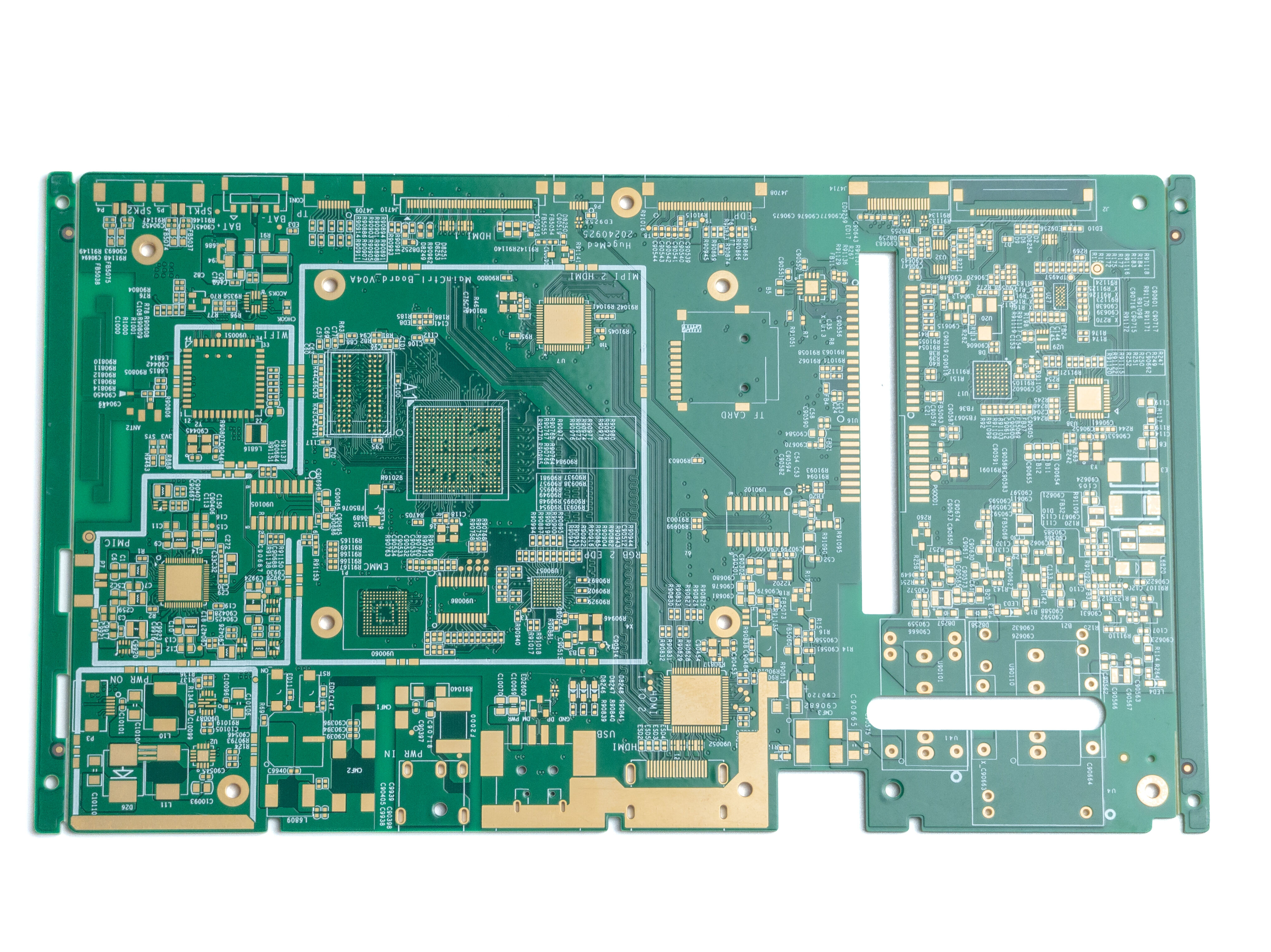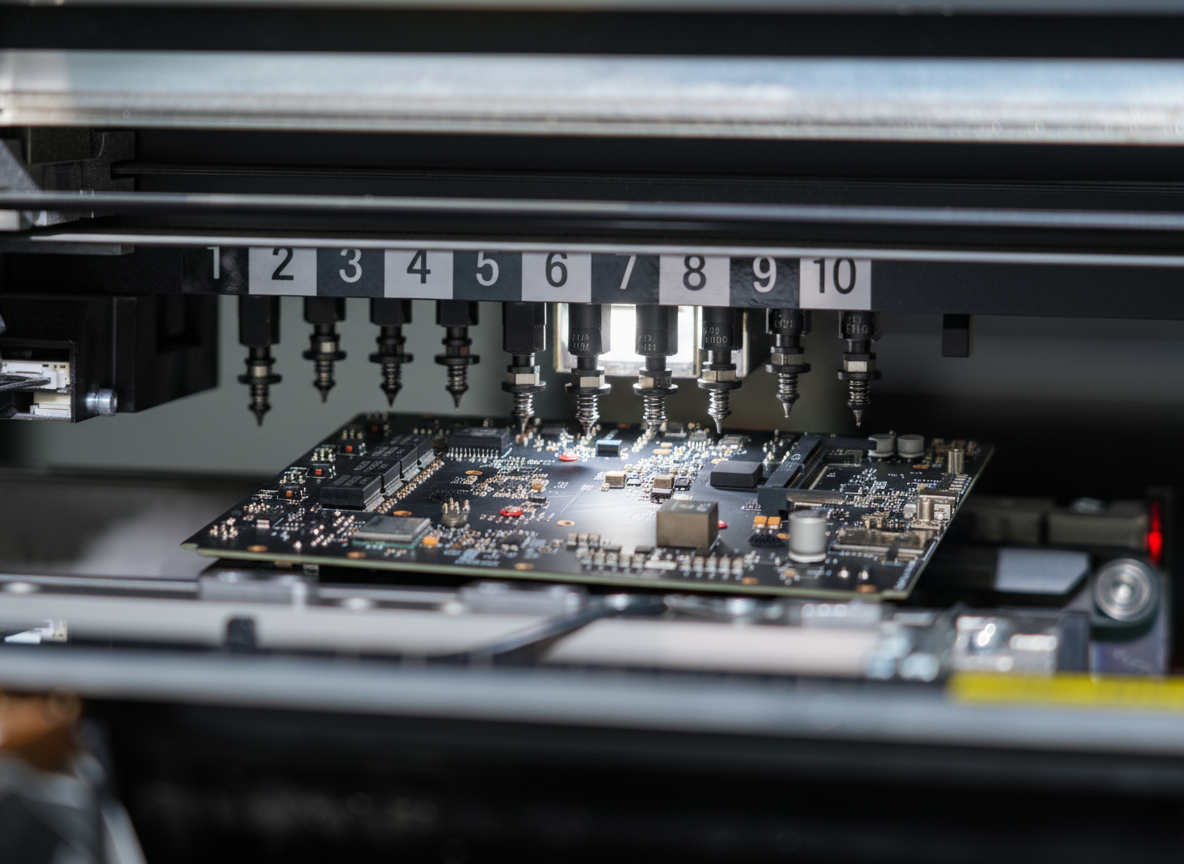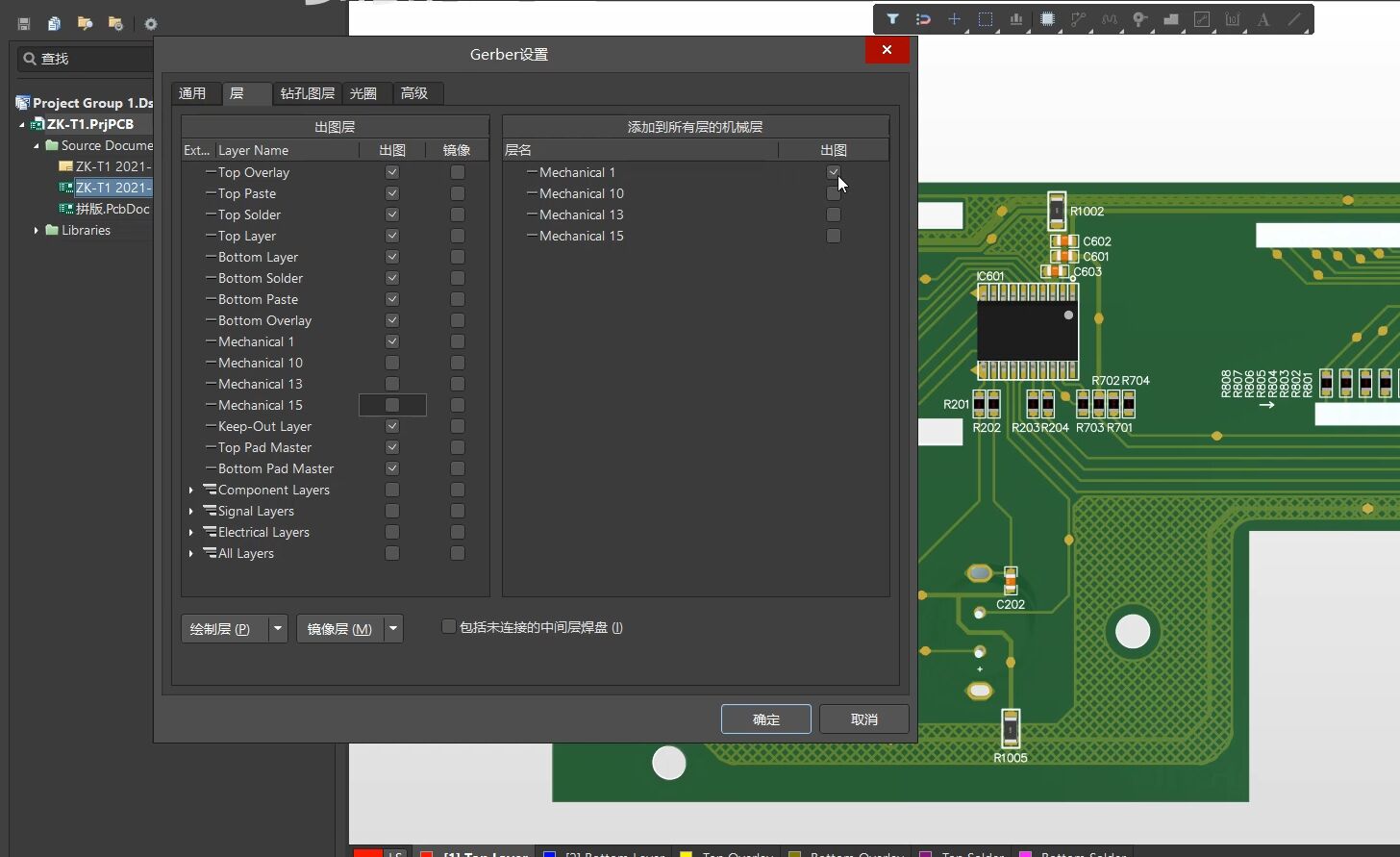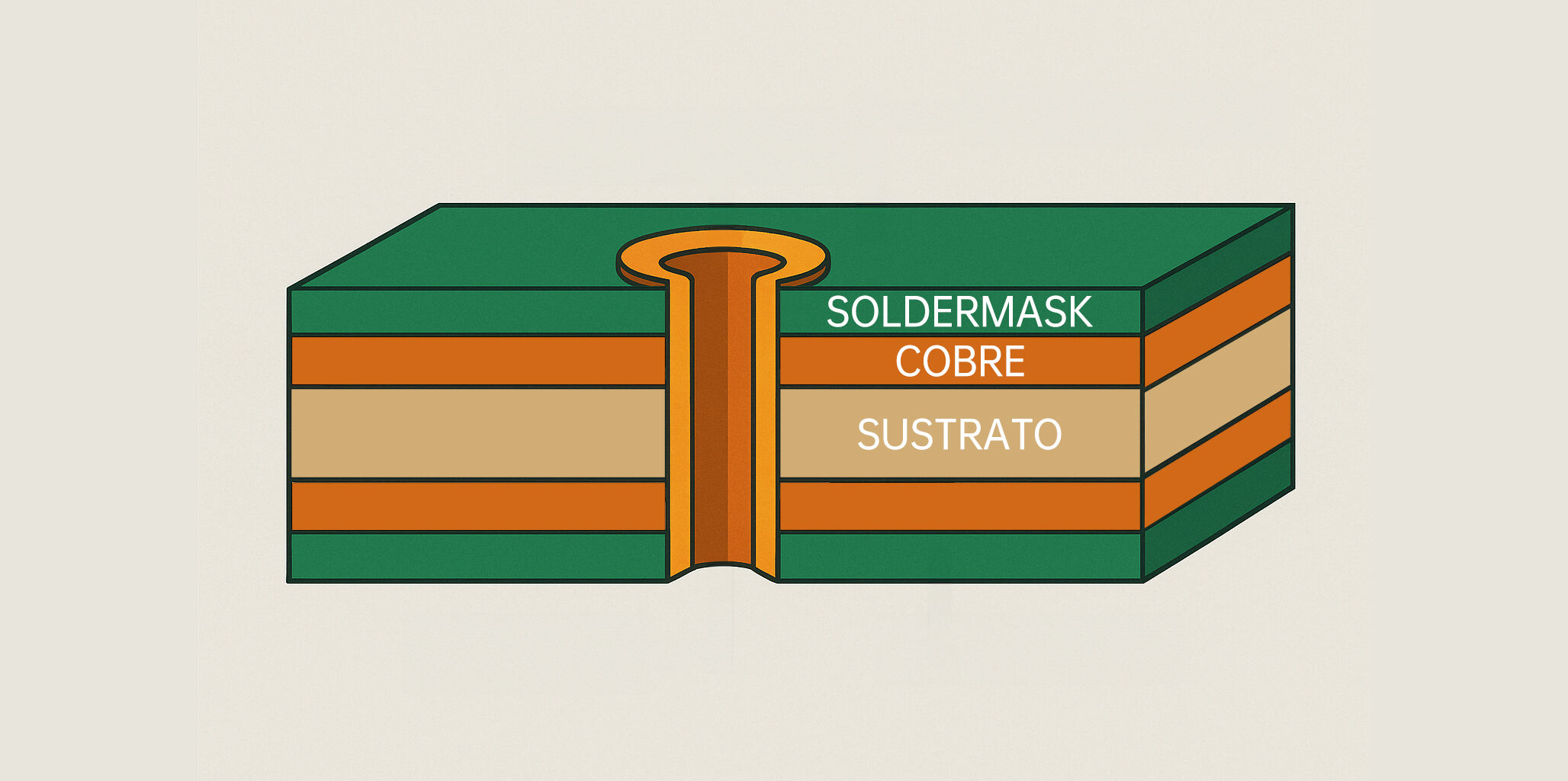blind via hole
A blind via hole is a sophisticated PCB manufacturing feature that creates electrical connections between different layers of a printed circuit board without extending through all layers. Unlike traditional through-holes, blind vias start from an outer layer but terminate at an inner layer, enabling more efficient use of board space and enhanced design flexibility. These specialized holes are created using precise laser drilling or mechanical processes, allowing for the formation of reliable electrical pathways while maintaining the integrity of other board layers. The technology has become increasingly important in modern electronics, particularly in applications requiring high-density component placement and complex routing solutions. Blind via holes enable manufacturers to create more compact designs by reducing the space needed for interconnections, making them essential in mobile devices, wearable technology, and other miniaturized electronic products. The process involves careful consideration of aspects such as aspect ratio, plating requirements, and overall manufacturing feasibility to ensure optimal performance and reliability. This technology has revolutionized PCB design by offering enhanced signal integrity, improved thermal management, and better electromagnetic interference (EMI) shielding capabilities.

